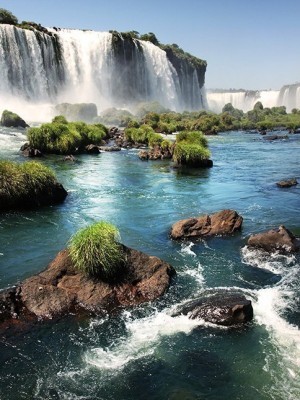

On this tour, you will experience three of South America’s absolute highlights: Argentina’s beautiful capital Buenos Aires, the impressive Iguazú Falls and amazing Rio de Janeiro.
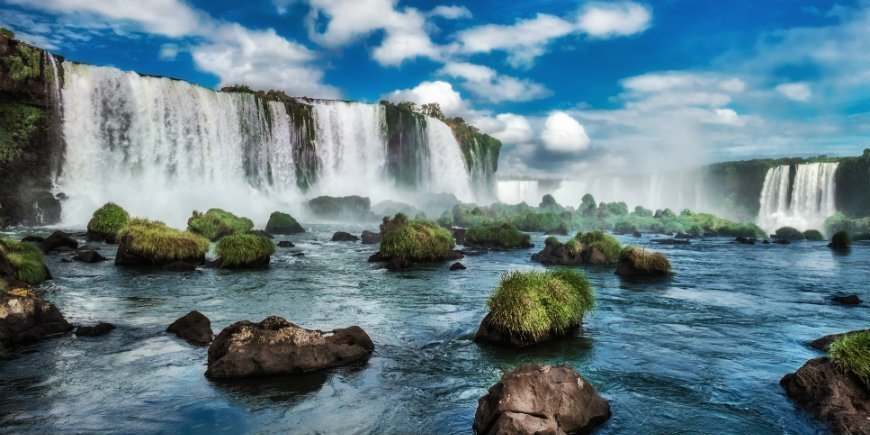
It roars like thunder.
Cascades of water crash down the cliff-side, which is covered in green vegetation as far as the eye can see.
It’s like something from a fairy tale.
You’ll never forget the first time you set eyes on the Iguazú Falls.
The Iguazú Falls are one of the world’s largest waterfalls.
Iguazú consists of no fewer than 275 waterfalls in varying sizes, stretching 2.7 kilometres along the Iguazú River while the water drops from a height of up to 85 metres.
Every second, a massive 6.5 million litres of water flow through the waterfall. By comparison, 2.5 million litres of water a second flow through Niagara Falls in the US.
The waterfalls are spellbinding.
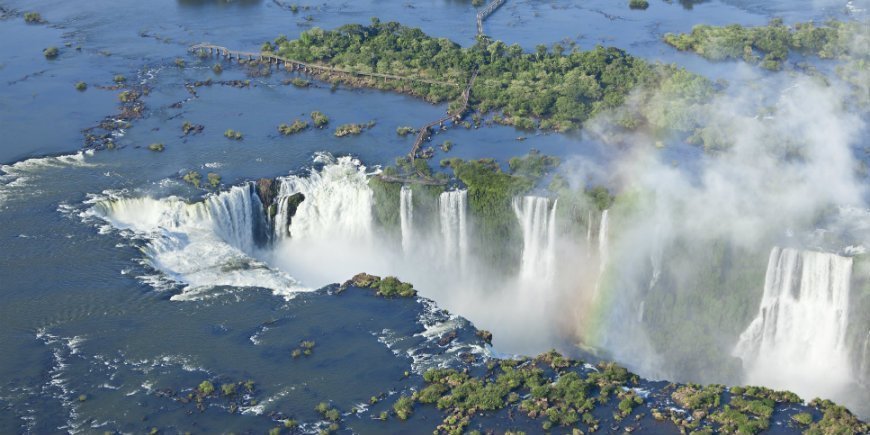
The Iguazú Falls are located on the border between northern Argentina and southern Brazil.
The waterfalls are part of two national parks called Iguazú National Park (Argentina) and Iguaçu National Park (Brazil).
Together, the parks’ area around the Iguazú Falls totals 236,000 hectares.
About 80% of the Falls are situated on Argentinean soil, while the remaining 20% are in Brazil.
The Argentinian national park covers an area of around 67,000 hectares and became a prestigious UNESCO World Heritage Site in 1984. Some 2,000 different plant species and animals such as howler monkeys, tapirs and jaguars live in the area, which consists of rainforest.
On the Argentinian side, you can see the waterfalls from both the top and the bottom. From the “top” of the waterfalls, you can see the water plunge over the cliff side, while a walk at the “bottom” gives you a stunning view of the falls right up close.
This area of natural beauty was classified as a national park in 1934.
Covering an area of around 169,000 hectares, Iguaçu National Park became a UNESCO World Heritage Site in 1986. The area is home to several endangered animals, including the giant anteater, the giant otter and the puma.
The national park was established in 1939, but expanded in 1944 and again in 1981 to reach the size it has today.
On the Brazilian side, you get the best panoramic views of the waterfalls.
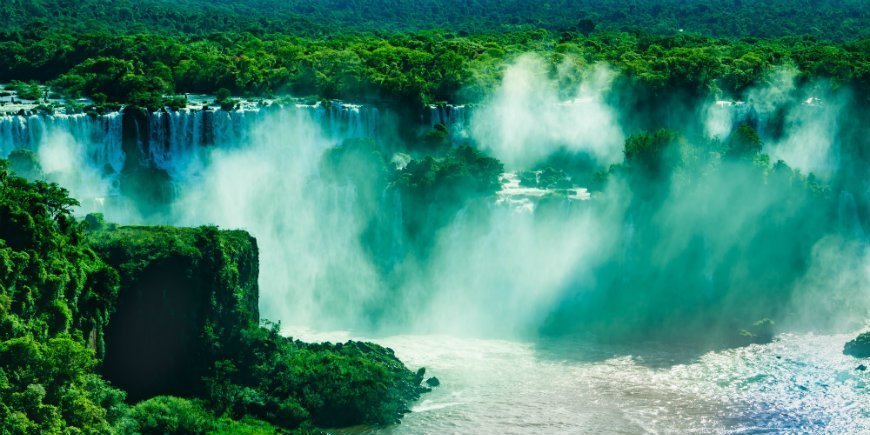
You won’t regret your choice when standing right in front of the spectacular waterfall.
Whether you visit Iguazú from the Argentinian side, the Brazilian side, or both, Iguazú is a sight you’ll never forget.


On this tour, you will experience three of South America’s absolute highlights: Argentina’s beautiful capital Buenos Aires, the impressive Iguazú Falls and amazing Rio de Janeiro.
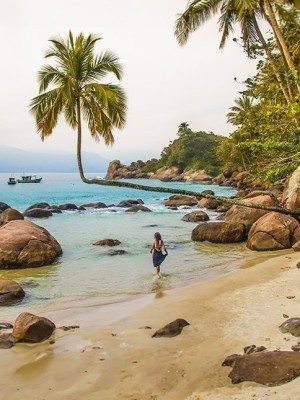

Experience the world’s largest waterfall at Iguazú, the vibrant metropolis of Rio, colonial history in Paraty, and conclude your tour with relaxation on the beautiful island of Ilha Grande.
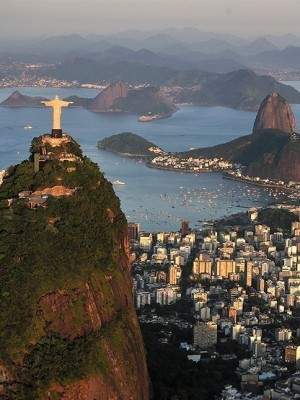

Embark on a fantastic tour of colourful Brazil. Discover Rio de Janeiro, the Iguazú Falls, the fascinating flora and fauna of the Amazon jungle and Salvador with its unique culture and atmosphere.


Enjoy unforgettable experiences in Argentina with colourful Buenos Aires, the wildlife of Península Valdés and the breathtaking scenery of the Perito Moreno Glacier and Iguazú Falls.
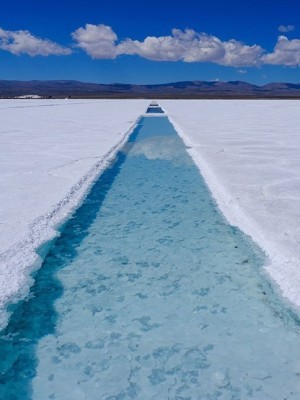

Experience atmospheric Buenos Aires, the colourful Andes mountains and the Salinas Grandes salt flat at Salta as well as the stunning Iguazú Falls in the heart of the lush rainforest.
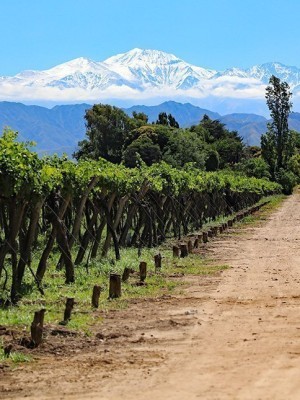

Look forward to experiencing the modern capitals of Chile and Argentina, the majestic Andes Mountains, the scenery of the Iguazú Falls, and taste Argentina’s amazing wines in Mendoza and Salta.


Enjoy world-class nature and animal experiences in the Pantanal wetlands. Swim in Bonito’s clear rivers and experience the impressive Iguazú Falls. The tour rounds off in magical Rio de Janeiro.
TourCompass